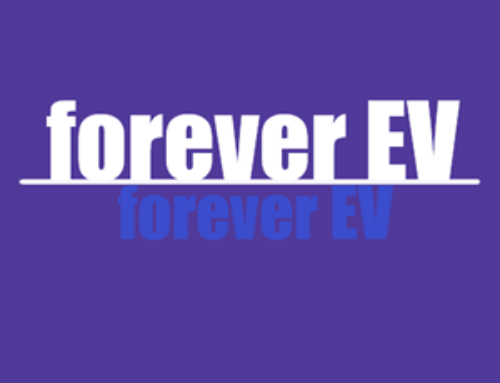Tesla Inc (TSLA.O) said it plans to expand the use of cheaper, iron-based batteries to a version of its Semi heavy electric trucks and an affordable electric vehicle. It is good news for those who are producing materials or additives such as battery making. For example, BATTBOND 310F is one of the PFAS-free polymer binders for LFP cathode electrodes. It can provide not only a lower impedance but also a water-based process for cell makers.
Tesla will use LFP batteries for “short-range” heavy electric trucks, which it calls “Semi Light,” without providing details such as a launching date.
Tesla last December started to deliver its Semi electric trucks with a longer, 500-mile driving range per charge and which use nickel-based batteries. Tesla has previously said it will also launch a 300-mile range version.
The automaker said its proposed small electric vehicles will use LFP batteries with a capacity of 53 kilowatt-hours (kWh), versus 75 kWh for Model Y and Model 3.
Tesla said it will also use LFP batteries in its mid-sized vehicles, Model 3 and Model Y, without giving a timeline.
Musk and other LFP advocates cited the abundance and cheaper prices of iron as a key factor outweighing the drawbacks that have held back the adoption of LFP cells globally. They are bigger and heavier, and generally hold less energy than nickel-based cells, giving them a shorter range.
LFP cells also tend to pose less of a fire risk than nickel-based cells.
Tesla currently sources LFP batteries from China’s Contemporary Amperex Technology Co (300750.SZ), which does not have a factory in the United States. Tesla’s South Korean supplier, LG Energy Solution (373220.KS), said it plans to build LFP batteries at its proposed Arizona factory.

